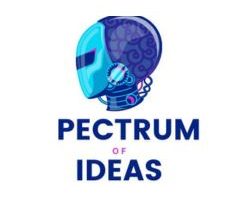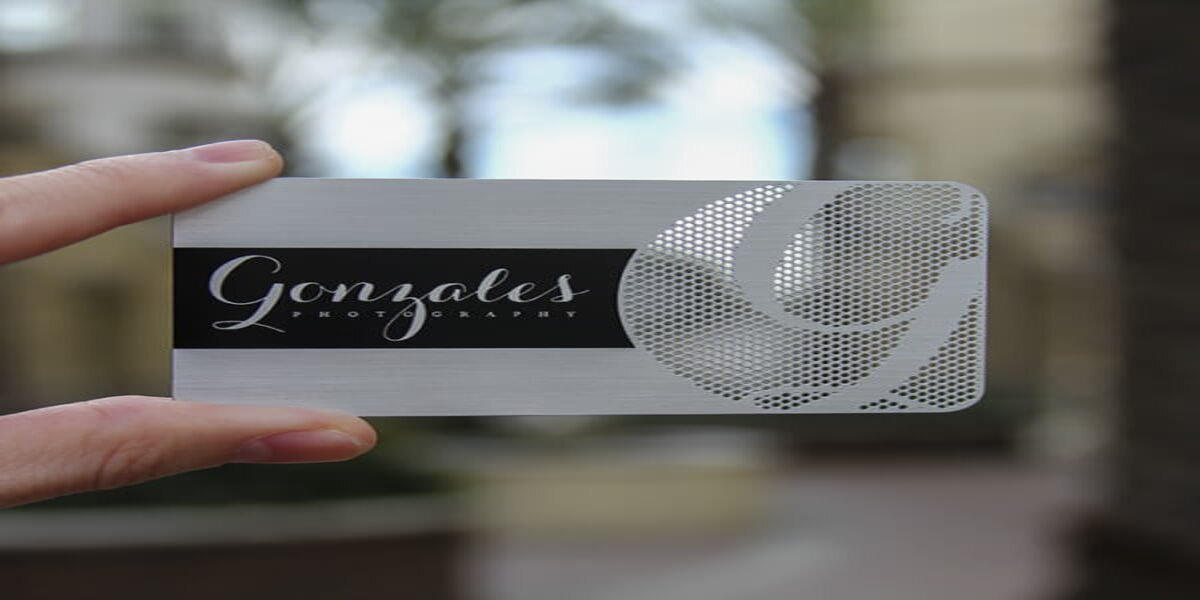In a world where first impressions matter significantly, the traditional paper business card might not always cut it. Enter metal business cards, a sleek and sophisticated alternative that speaks volumes about professionalism, innovation, and attention to detail. In this comprehensive guide, we’ll delve into the world of metal business cards, exploring their benefits, design options, cost considerations, and how they can help you make a lasting impression in the competitive business landscape.
The Rise of Metal Business Cards
A Paradigm Shift
The evolution of business cards parallels the evolution of business itself. Traditional paper cards, while functional, often lack the durability and uniqueness that can set a brand apart. Metal business cards emerged as a response to this need for differentiation and durability.
The Appeal of Metal
Their durability ensures that they withstand the wear and tear of daily use, leaving a lasting impression long after the initial exchange. Moreover, the sleek and modern appearance of metal cards exudes professionalism and sophistication, making them ideal for individuals and businesses looking to elevate their brand image.
Benefits of Metal Business Cards
Durability
Unlike paper cards that can easily tear or become creased, metal cards are built to last. Made from materials such as stainless steel, aluminum, or brass, these cards can withstand the rigors of everyday use without losing their aesthetic appeal.
Unique Design Options
Metal business cards offer unparalleled design flexibility. With options for etching, engraving, laser cutting, and even incorporating color accents, the design possibilities are virtually endless. This allows individuals and businesses to create custom cards that reflect their brand identity and personality effectively.
Memorability
In a sea of paper business cards, metal cards stand out effortlessly. Their unique texture, weight, and visual appeal make them memorable and increase the likelihood of recipients retaining them. This can be invaluable in networking and marketing efforts, as a memorable business card is more likely to be acted upon.
Design Considerations
Material Selection
The choice of material plays a crucial role in the design and functionality of metal business cards. Stainless steel offers a sleek and modern look, while aluminum provides a lightweight alternative with a variety of color options. Brass, on the other hand, exudes a sense of luxury and elegance. Understanding the characteristics of each material is essential in selecting the one that best aligns with your brand image and budget.
Branding Elements
Effective branding goes beyond simply slapping a logo onto a business card. Metal cards provide ample space for incorporating branding elements such as company colors, typography, and imagery. Additionally, thoughtful design elements such as embossing or debossing can add depth and texture to the card, further enhancing its visual appeal.
Minimalism vs. Complexity
When designing a metal business card, striking the right balance between minimalism and complexity is key. While minimalist designs can exude elegance and sophistication, overly complex designs can detract from the card’s overall impact. Finding the right balance that effectively communicates your message while maintaining visual appeal is essential.
Cost Considerations
Initial Investment
It’s no secret that metal business cards come with a higher upfront cost compared to traditional paper cards. The cost of materials, design, and production can add up quickly, especially for custom designs or intricate detailing. However, many individuals and businesses view this initial investment as a worthwhile expense given the long-term benefits and impact of metal cards.
Return on Investment
While metal business cards may have a higher initial cost, their potential return on investment can outweigh this expense. The durability and memorability of metal cards can lead to increased brand recognition, enhanced networking opportunities, and ultimately, greater business success. When viewed through the lens of long-term branding and marketing strategies, the ROI of metal business cards becomes apparent.
Sustainability and Environmental Impact
Material Sourcing
Concerns about sustainability and environmental impact are becoming increasingly prevalent in consumer decision-making. When opting for metal business cards, it’s essential to consider the sourcing and production processes of the materials used. Choosing recycled or sustainably sourced metals can help mitigate the environmental impact of metal card production.
Longevity and Reusability
While traditional paper business cards often end up in the trash bin after a single use, metal cards have the potential for greater longevity and reusability. Their durability ensures that they can withstand multiple interactions, reducing the need for frequent reprints and minimizing waste. Additionally, metal cards can be recycled at the end of their lifecycle, further reducing their environmental impact.
Conclusion
In conclusion, metal business cards offer a compelling alternative to traditional paper cards, providing durability, uniqueness, and sophistication. With their ability to make a lasting impression and elevate brand image, metal cards are increasingly becoming the go-to choice for individuals and businesses looking to stand out in a competitive marketplace. By carefully considering design options, cost considerations, and environmental impact, businesses can harness the power of metal business cards to leave a lasting impression on clients, partners, and prospects alike.

